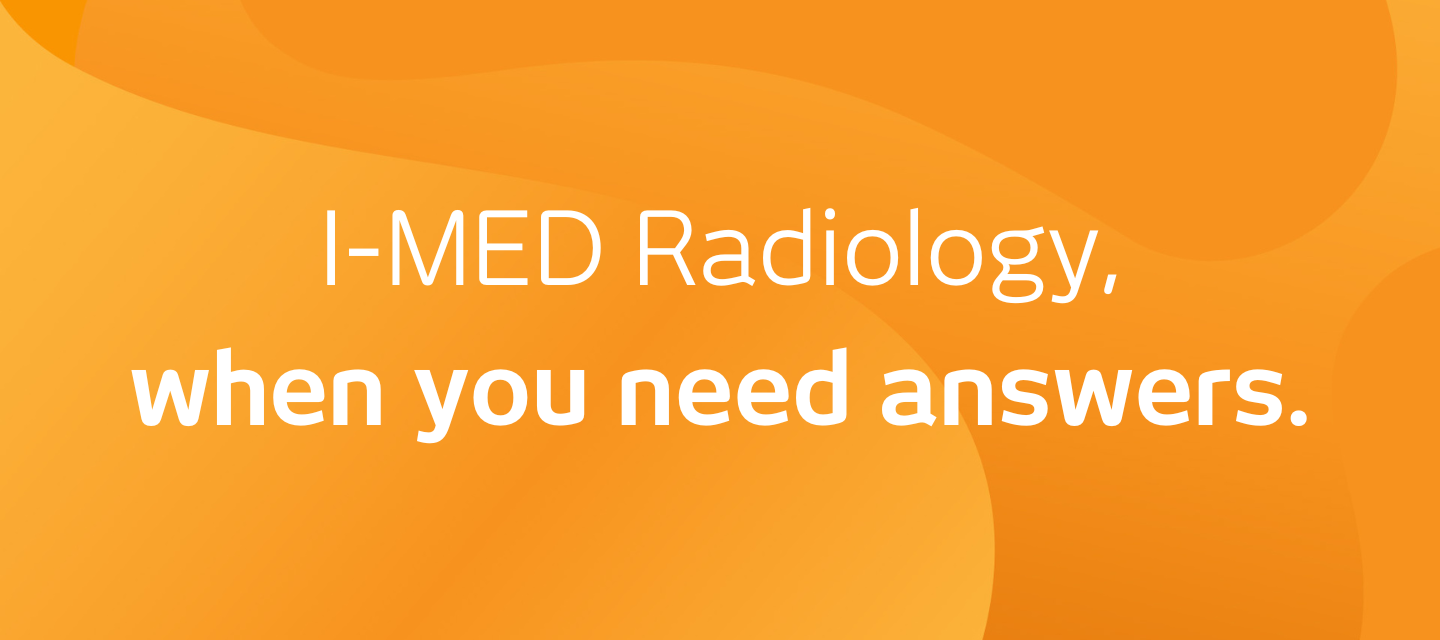
What is a FDG PET scan?
What is a FDG PET scan?
What is a FDG PET scan?
PET stands for “positron emission tomography”. It is a nuclear medicine imaging test in which a mildly radioactive substance is injected into your body and is used to diagnose a variety of diseases. The radioactive substance most commonly used in PET scanning is a simple sugar (like glucose) called FDG, which stands for “fluorodeoxyglucose”. It is injected into your bloodstream and accumulates in your body where it gives off energy. This energy is detected by the PET scanner creating images showing how your tissues and organs are working. If you are having an FDG PET, your sugar metabolism (how sugar is used by your body) is imaged.
How do I prepare for a FDG PET scan? keyboard_arrow_down
Preparation:
• Please be well hydrated. Drink at least 1L of water prior to your appointment.
• Please notify the department if you are pregnant or breastfeeding.
• Fast for 6 hours (4 hours for diabetics) prior to your appointment. Black sugarless tea, coffee and water are
ok to consume.
• Avoid any vigorous exercise for 24hrs prior to your appointment.
What to bring:
• your referral
• any relevant recent imaging (MRI, CT or Previous PET scans)
• a book or paper to read
• iPad, Phone or other electronic devices to keep you occupied
What to wear:
Wear loose comfortable clothing (I.e. tracksuit), free from metal zips or buttons. A gown will be available for you to change into if required. Avoid wearing jewellery.
Medications:
Take all medications as normal.
What happens during a FDG PET scan? keyboard_arrow_down
A nuclear medicine technologist will escort you to a room where your blood glucose level will be checked and an intravenous cannula (a small plastic tube) will be placed into your arm.
Through this cannula they will administer the mildly radioactive substance (18F-FDG).
This substance will not make you feel any different and you should not experience any side effects. The forty-five to sixty minutes following the injection of 18F-FDG is known as the “uptake” phase. During this “uptake” phase you will be asked to rest in a dark room, minimising movement.
Following this period you will be required to empty your bladder. You will then be escorted by a nuclear medicine technologist to the scanning room and positioned on the scanning bed. A PET scan will then be performed. This scan generally takes approximately 20-30 minutes. Once the PET scan is performed, a diagnostic CT will be performed.
This scan may require an iodine CT contrast dye to be administered via the cannula in your arm. The CT scan takes an additional 5 minutes.
Once you are finished you are required to wait 15 minutes for your images to be checked. Your cannula will be removed and you will be free to leave the department.
What happens after a FDG PET scan? keyboard_arrow_down
Following your 18F-FDG PET/CT scan you can return to all normal daily activities. You are advised to minimise contact with pregnant women and children (<12y.o.) for 4 hours after your appointment. You are able to drive following this examination unless you have had sedation, in which case you will require someone to drive you home.
How long does a FDG PET scan take? keyboard_arrow_down
A FDG PET/CT will take from 2-4 hours. Upon arrival you will be asked to fill in some paperwork.
What are the risks of a FDG PET scan? keyboard_arrow_down
A PET/CT scan is a safe and routine procedure. The radioactive tracer required for this scan has been used across the world for many years and has no side effects. The amount of radioactivity administered is small and will be flushed out of your system by the end of the day. There will always be an out of pocket cost for this scan.
How do I get my results? keyboard_arrow_down
A Diagnostic Radiography Radiologist will review your images, along with your medical history and any previous imaging. Your referring doctor will receive a report within 48 hours of the examination. If your results are urgent, or you have a same day appointment with your doctor we will arrange for your results to be available immediately following the scan. Please arrange a follow up appointment with your referring doctor to discuss the results.
Related procedures

This information has been reviewed and approved by Dr Ronald Shnier (I-MED Chief Medical Officer).
Related articles

Related procedures

This information has been reviewed and approved by Dr Ronald Shnier (I-MED Chief Medical Officer).
Related articles

